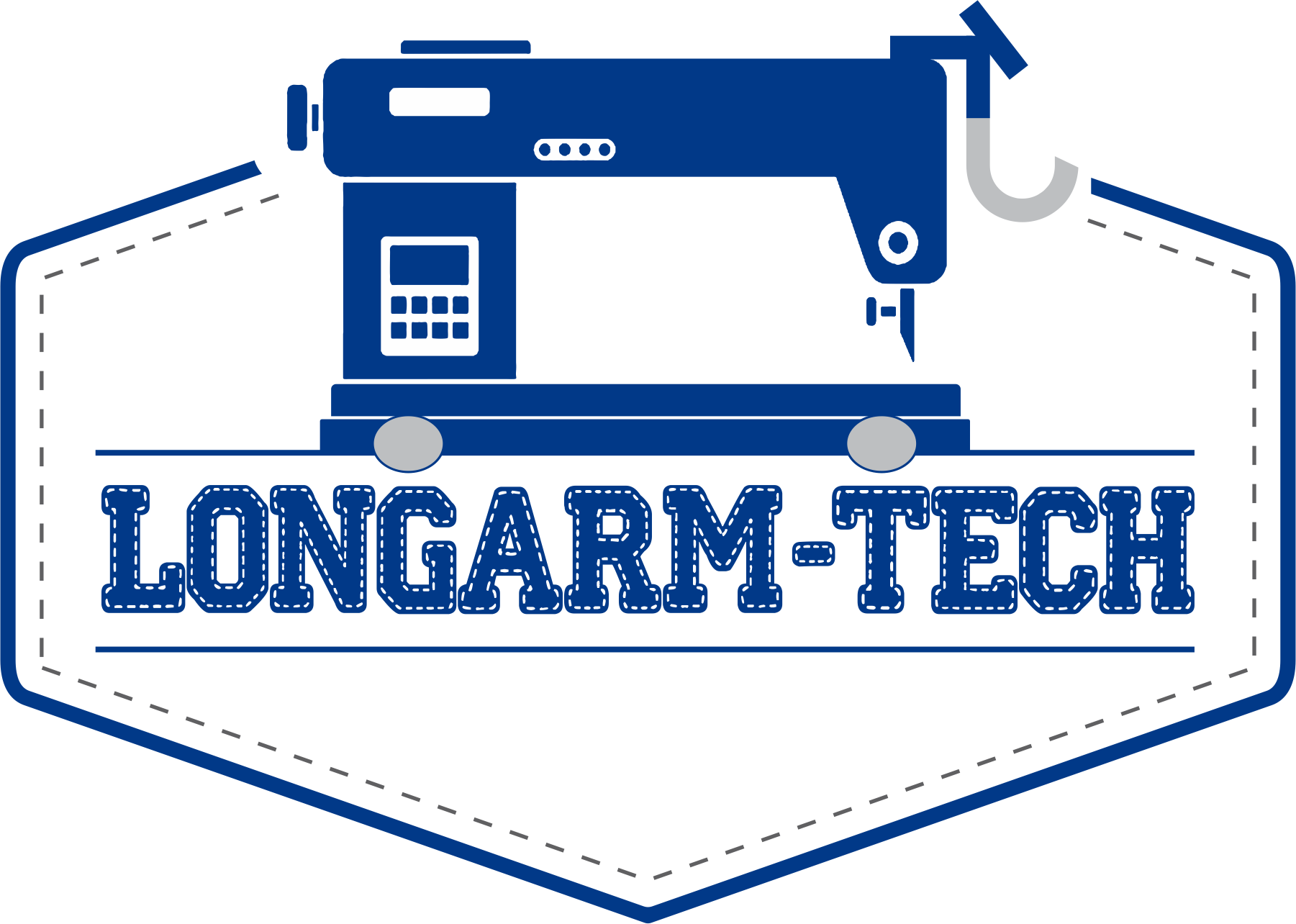Don't break that bolt! Proper torque of longarm housings.
I have recently run into two longarms that were reassembled with either way to little or way too much torque on the fasteners that couple the sides of the body of the machine together. The first had one of its fasteners so tight the hex socket points had rounded and though I was able to extract it, using it again was not possible - fortunately I had a spare.
Another longarm owner complained of a rattle when the machine went more than ~1,000 SPM - sure enough it was noisy. I used my mechanics stethoscope and found two very loose fasteners that were buzzing in their sockets and would eventually have vibrated out of the machine body. Once they were properly torqued (along with checking all the rest of fasteners) the longarm was back to normal.
At Longarm Tech Training there was considerable emphasis on ensuring proper torque of the machine body for several reasons:
* Too tight risks stripping threads, breaking the machine body at the attachment point, and stripping fastener heads
* Too loose can allow the machine body to both vibrate/shake abnormally and potentially allow shifting which could cause operational problems.
* Unlike components like a car cylinder head the torqueing sequence was not critical due to the relatively low torque values needed.
Fortunately proper torque is quick and easy - you just need a torque wrench - either a digital one like below or the analog "click" version that has been around for decades.
The first photo shows the torque wrench being set to the proper torque values - in this case 5.6 Newton-Meters (49.56 inch-pounds). The second photo shows the torque being applied to the fastener - the beauty of the digital torque wrench is it starts beeping as you get within 20% of the needed torque and then gives a steady tone as well as a light when the setting is achieved.
Bottom line - if you work on longarms make sure a torque wrench is in your tool kit and used to ensure manufacturers specs are achieved. If you are a longarm owner make sure your tech or shop is equipped with a torque wrench and follows manufacturers torqueing specifications when you baby needs to be serviced or repaired.
Happy Quilting!
Do you have questions on this topic or a suggestion for another one you are interested in?


